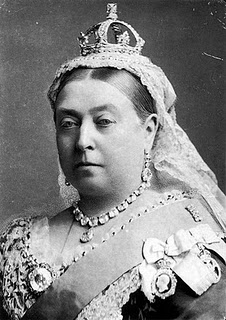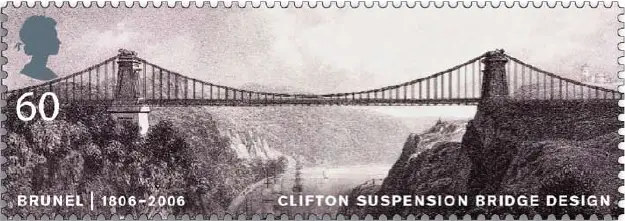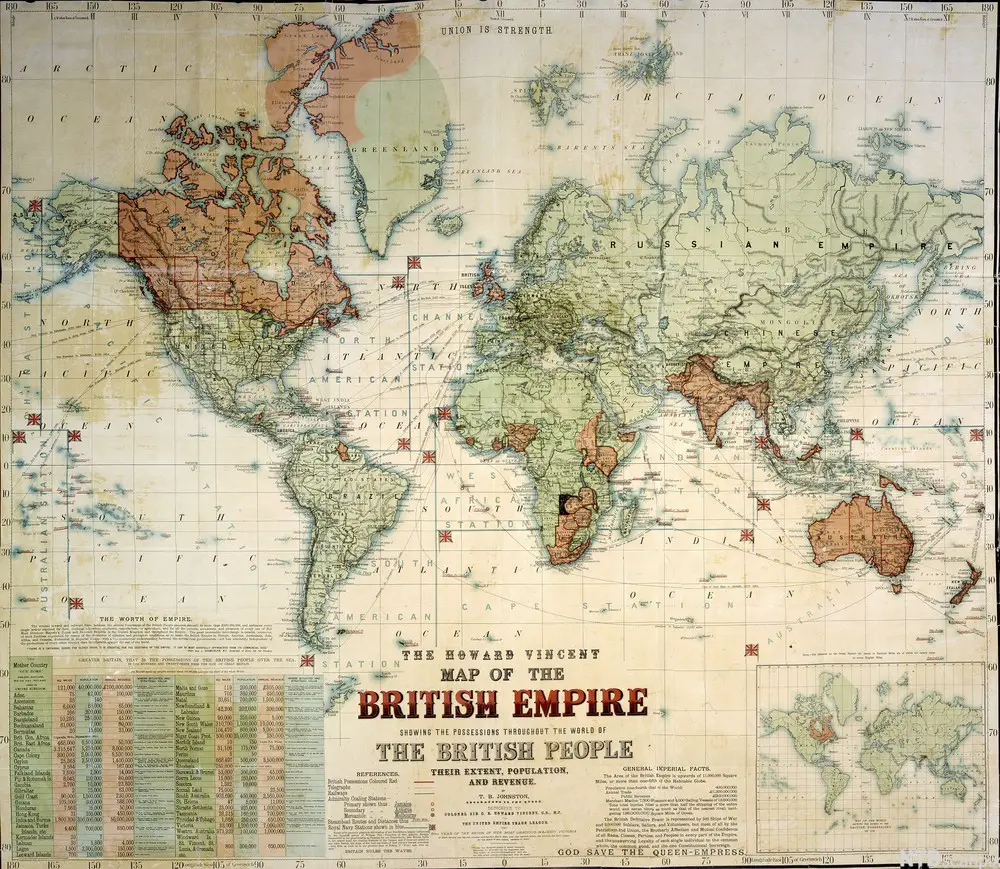The victorian era corresponds with the reign of Queen Victoria in England from 1837 to 1901. With sixty-three years as queen, this was the second-longest reign of any English monarch.

This era is remembered for its attention to high morals, modesty and proper decorum, as inspired by the Queen and her husband, Prince Albert. The Victorian era was also an optimistic time in which scientific and industrial invention thrived. Developments in printing produced a proliferation of kinds of literature such as Victorian scrap art, cards, and magazines, previously unknown to that period.
The importance placed on civic conscience and social responsibility gave rise to notable developments toward gender and racial equality, such as the legal abolishment of slavery in America.
In addition, humanitarian and religious organizations such as the Salvation Army reflected the Victorian concern for the poor and needy of the period.
Timeline of Major Events in Victorian Times
1819— Birth of Victoria
1826— Joseph Niepce takes the first photo
1832— Voting system changed with the Great Reform Act
1834— Ban on Slavery with slavery abolition bill in British colonies
1837–67—Isambard Kingdom Brunel builds London to Bristol railway for the Great Western Railway.

1837—Victoria succeeds uncle William IV to the throne at the age of 18
Dickens’s Pickwick Papers and Oliver Twist.
1837–67—Construction of neo-Gothic Houses of Parliament.
1840—Victoria marries Prince Albert of Saxe-Coburg-Gotha
Penny postage instituted.
1843—Carlyle’s Past and Present.
Dickens’s A Christmas Carol.
1844—the Irish potato famine
1845—Brunel’s S. S. Great Britain, the first propeller-driven steamship.
1846—Repeal of Corn Laws, the beginning of free trade era
1847—Ten Hours Act puts a restriction on working hours of children in factories.
Emily Brontë’s Wuthering Heights.
Charlotte Brontë’s Jane Eyre.
1848—Founding of Pre-Raphaelite Brotherhood
Marx and Engels, Communist Manifesto
1849—Dickens’s David Copperfield.
1850—First British Public Library Act, permitting the establishment of public libraries.
Tennyson named Poet Laureate.
1851—First telegraph cable laid across the English Channel.
Great Exhibition at the Crystal Palace.
Half of the population of Great Britain lives in cities.
London population grows from 1.1 million in 1801 to 2.7 million; reaches 6.6 million in 1901.
1852—Opening of the Victoria and Albert Museum.
1853–56—Crimean War.
1854—Florence Nightingale goes to Crimea and organizes nursing during the war.
1855—Balmoral Castle completed.
Newspaper stamp tax abolished
1856—Henry Bessemer invents blast furnace which helps in mass production of steel.
1857—Founding of National Portrait Gallery.
First telegraph cable laid across the Atlantic.
Matrimonial Causes Act permits divorce for adultery (but women could not petition until 1923).
Suppression of Indian mutiny against British rule in India.
1858—Government of India transferred to the Crown.
1859—Big Ben enters service
Darwin’s Origin of the Species.
Dickens’s Tale of Two Cities.
1860—Introduction of trams in England
Dickens’s Great Expectations.
1861—Death of Prince Albert of typhoid fever at age 42.
1863–65— St. Pancras train station building
1863–72—Albert Memorial building
1863—First underground railway, Metropolitan Railway in London between Paddington & Farringdon St. (opens Jan. 10).
1865—Founding of Salvation Army by William Booth (July 2).
from 1855, the metropolitan drainage system in London completed
1867–71—Construction of Royal Albert Hall.
1867—Second Reform Act, extended vote to tax-paying males of the urban working class.
1868—Disraeli as Prime Minister
Last public execution (May 26); public hangings stopped
Last shipment of convicts from England to Australia.
Metropolitan District Railway between Mansion House and South Kensington opens in London .
1869— Suez Canal built which dramatically reduced the journey time to & from Australia & Far East.
1870—Education Act, compulsory primary education until the age of 11.
A 1p ($1) fee per day for the schooling.
Married Women’s Property Act gives women the right to earn and keep money for their own use.
1875—First intelligible telephone communication made by Bell (June 5).
Disraeli buys Britain controlling interest in Suez Canal.
1876—Victoria named ruler of India.

1878—First electric street lighting in London.
1879—Edison’s invention of the electric light bulb.
1883—Expansion of Married Women’s Property Act.
1884—Third Reform Act, extending voting rights to agricultural workers.
1885—Karl Benz’s invention of the first automobile.
1887—Golden Jubilee celebration of 50th anniversary of Victoria’s reign.
Arthur Conan Doyle’s first Sherlock Holmes story – A Study in Scarlet
1888—Unsolved London murders of East End women by “Jack the Ripper.””
County Councils created in Britain.
The founding of The Star (absorbed by The Evening News in 1960).
1896—Marconi patented wireless telegraphy (June 2).
The speed limit for cars was increased from 4 to 20 mph.
The Savoy ( January–September).
1897—Official opening of the Tate Gallery, founded by Sir Henry Tate (July 21).
1890 – first comic book was published
1891 – free education act 1891
1895 – Importance of Being Earnest published
1901— Death of Queen Victoria at age 82 (January 22, 6:30 am).
The population of London reaches 6.6 million.
Elsewhere around the globe, the Regency era saw the independence of several South American countries including Mexico, Brazil, Venezuela and Chile. Spain experienced a revolution, resulting in the reinstatement of the Constitution of 1812. In 1829, the Peace of Adrianople ended the Russo-Turk War and Turkey acknowledged Greek independence.
Queen Victoria was born on May 24, 1819. She was the daughter of Prince Edward, Duke of Kent, minor son of the reigning King George III, and Victoire of Saxe-Coburg, a German princess. Both her father and grandfather died in 1820, the year her uncle succeeded as King George IV.
Queen Victoria became an heir to the throne when King George died without an issue in 1830, and also the daughter of her second royal uncle, King William IV, passed away in infancy.
King William himself died in 1837, and the eighteen-year-old princess became Queen Victoria of Great Britain and Ireland on June twenty that year.
On February 10, 1840, she married her cousin, Prince Albert of Saxe-Coburg Gotha. Queen Victoria bore nine children within the next seventeen years, including the future King Edward VII. Albert was an avid patron of the arts, sciences, and burgeoning industries, and he helped organize the famous Great Exhibition of 1851 at the “Crystal Palace.”
These early years of Victorian rule saw major reforms in British education, with the Grammar Schools Act of 1840 and the founding of Queen’s College for women in London in 1848. Prince Albert died in 1861, the queen was devastated and went into deep mourning. She rarely appeared in public until the end of the 1860s, and during this time Great Britain saw a major movement in favour of the republican government and for the abolition of monarchic powers.
However, with the help of the Conservative party’s Benjamin Disraeli, prime minister in 1868 and again from 1874 to 1880, the queen eventually reassumed a more public and influential role in the government. Throughout the middle years of her reign, Queen Victoria presided over Britain’s involvement in the Crimean War (1854-56), non-intervention in the Prussia-Austria-Denmark war of 1864-1866, and the aversion of a Franco-German war in 1875.
She also presided over major domestic reforms in the British government, including the Second Reform Act of 1867 and the Representation of Peoples Act of 1884, both of which greatly expanded the population of her subjects permitted to vote in parliamentary elections. Victorian England also saw great advances in commerce and industry, aided by the spread of railroad lines throughout Great Britain and the laying of the first trans-Atlantic telegraph cable in 1866.
Queen Victoria lived to celebrate both her Golden Jubilee in 1887 and her Diamond Jubilee in 1897. These events were celebrated as great public affairs, and by this time the queen had achieved great popularity in Britain.
Queen Victoria died on January 22, 1901. She was eighty-one years old.